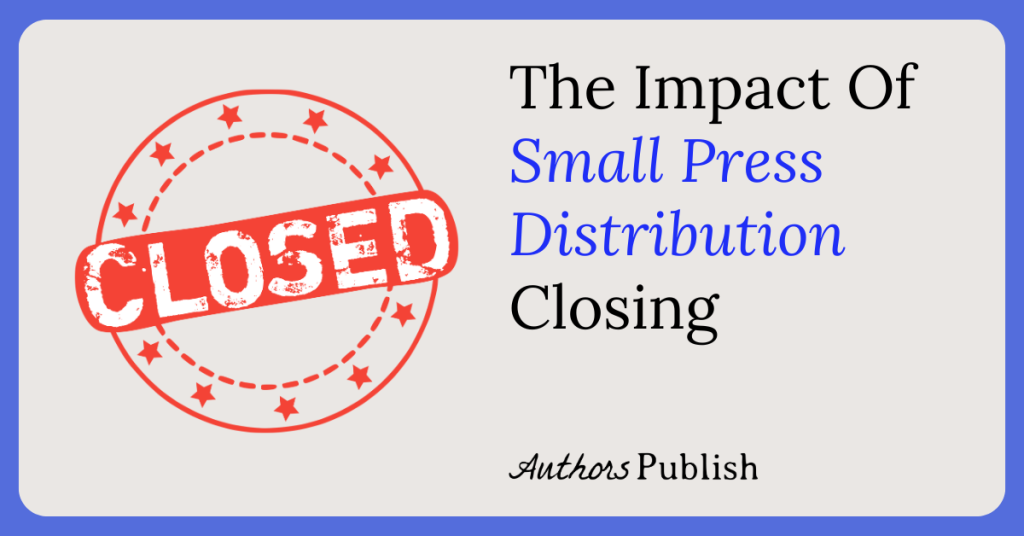By Akanksha Singh
Maya Angelou rented herself a hotel room in every town she lived in, just for her writing. She’d leave home at six, be in the room and writing by six thirty, and head back around lunch time. There’s something about having a room of one’s own, away from the stress of living, that lets writers do what they do: write.
“Everyone needs an opportunity to recharge and to change their environment, to give themselves a creative jolt,” says Eliza Reid, co-founder of the Iceland Writers’ Retreat. A retreat—self-organized or otherwise—gets you out of your comfort zone, be it your house or corner café, and lets you immerse yourself in your writing.
“Most aspiring authors have day jobs, so the time they can set aside to write can frequently get cannibalized by everything else in their lives. Making their own retreat respects the process. Getting out of the house—be it on a local retreat or a specific chunk of time set aside to be away—is so important in helping writers have the space they need to create,” say Northern California Writers’ Retreat founders, Heather Lazare and Chelsea Lindman.
A DIY writer’s retreat offers a customizable, cost-effective alternative to traditional writing retreats, which (at times) involve mingling with fellow-writers. But there’s an accountability factor, too: I don’t know about you, but if I’m about to shell out rent for a month in a beach house to write, I’m going to write.
Here’s a 10-step guide to planning, and getting the most out of your retreat, with input from the founders of the Northern California Writers’ Retreat, Heather Lazare and Chelsea Lindman, and Eliza Reid, the co-founder of the Iceland Writers’ Retreat.
1. Expectations
Before browsing listings on Airbnb, delving into what sort of room you want, or for how long you want to go away for, it’s worthwhile deciding what you want to achieve during your time away. Realistically, you’re not going to finish an entire novel in a three-week retreat (unless you’re the next Kerouac). Or, if you need company to bounce ideas off of while you write, you might consider planning a group retreat. After you’ve set yourself (flexible) goals for your retreat, the rest is all brass-tacks.
2. Budget
All budgets are retreat-friendly with the right amount of planning. If you’re tight on money, and big on excuses (as I am when it comes to meal times), it’s worthwhile investing some time early on to meal prep, say. Or perhaps you can have a staycation in a local hotel, or drive down to a nearby town, rather than spend anything on airfare. Also note that booking prices rise and fall depending on the season: a trip to somewhere tropical during the rainy season is going to cost you less than it would in the summer. And of course, the sooner you book, the better.
3. Location
The great thing about self-planned retreats is that you can tailor them to your taste: beach, hillside, city, where-your-novel-is-set–choose what works for you.
If you’re someone whose creativity thrives in a new environment, you might find it beneficial to research the location you’re visiting, “[it] can really [help] make the most of being in a new place,” says Eliza Reid.
4. What to pack
Apart from the standard notebook/laptop/tablet, I tend to carry a handful of books to read, and a dictionary. Lazare and Lindman suggest bringing something outside your norm: “We suggest that writers read out of their genre when they’re deep in a manuscript as it provides a break and a new perspective.”
Once you’re there…
5. Unplug
At the end of the day, this retreat is (and should be) for you. Don’t feel guilty for logging out of your social media accounts, or turning your phone on silent.
6. Be mindful
Don’t fixate on things happening back home. And when you’re taking a break, exploring your surroundings, say, don’t fixate on your writing. Like Hemingway theorised, your subconscious does just that—tick on about your work—in any case.
7. Journal
A lot happens in retreats: your brain is drenched in your work. Journaling is an effective way of priming yourself for writing, as well as distancing yourself from it. Virginia Woolf believed that journaling “loosens the ligaments,” and followed a practice akin to freewriting, to help her see patterns in her chains of thought, and found an “increase of ease in [her] professional writing” as a result.
8. Set goals, but stop while you’re ahead
I tend to be strict (and nerdy) with my word goals. I set up a ‘word bingo’: a 10 x 10 grid with random numbers within my word goal using the random function on my calculator, and tick them off until I score a bingo.
Don’t burn out.
Hemingway used to say, “Always stop when you are going good and when you know what will happen next.” Whether you’ve reached your daily goal or not, give yourself some leeway when you feel like you need it.
9. Be flexible
It’s important, suggest Lind and Lazare, not to be too rigid with your goals: “Don’t be disappointed if you don’t write the Great American Novel on Day 1. It can take a minute to find your groove while on a retreat, so give yourself the freedom to settle in.”
Your environment can change everything from your protagonist’s name to your plot: be open to these changes.
10. Write.
You’ve booked a room, you’ve scoured the internet for advice, packed, journaled, read, walked to the corner café for a cuppa.
Don’t give yourself more excuses; write.
Bio: Akanksha Singh is a writer, editor, travel-addict, and coffee-lover currently based in New Delhi, India. You can find her on Instagram (@akanksha.s).






